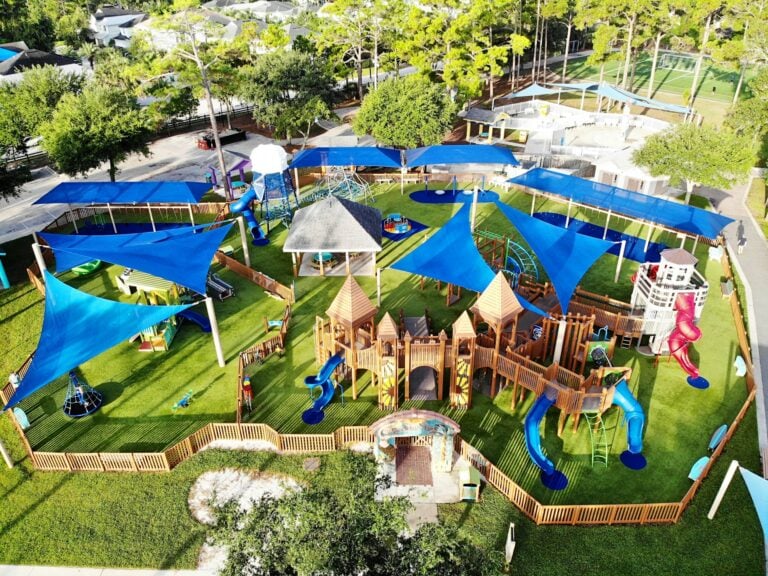Eco-Friendly Kitchen Design Ideas for a Chic and Sustainable Space

The kitchen is often the heartbeat of a home. With mindful choices about energy, materials, water and waste, it can also be a showcase for household sustainability. Here are some ideas for creating a stylish kitchen with minimal environmental impact.
1. Install Energy-Efficient Appliances
Essential appliances make life easier, healthier and more convenient — but they are a significant source of energy consumption in your home. When selecting new items, look for the Energy Star label, which certifies that products meet strict federal standards.
For example, you could save up to 18% of cooker energy use by switching to a certified model. Since your refrigerator and freezer run 24/7, choosing high-efficiency options for those offers another big return on consumption savings.
2. Conserve Water With Smart Fixtures
Dishwashers and washing machines use a lot of water, but switching to an Energy Star-certified model can help. Such a dishwasher can save around 10 gallons per use and is much more efficient than washing by hand. A smart faucet is another good choice. This conserves water because motion-activated sensors will turn it off the instant it’s not needed.
Smart faucets have low flow rates, precise temperature controls and, in some cases, battery-operated systems or solar power. Some will also provide real-time information on faucet performance and will detect leaks, further reducing water waste.
3. Choose a Reclaimed or Pre-Loved Kitchen
Did you know you can buy a whole used kitchen? This surprising and sustainable option significantly reduces embodied carbon by eliminating the need for new material manufacturing. It also prevents tons of cabinetry and countertops from being sent to a landfill.
Buying secondhand reduces your financial outlay — it can save up to 70% on the cost of a brand-new installation. Used kitchens often feature durable, high-end brands, giving you luxury for less. It works both ways — if you are remodeling and your existing setup is in good condition, consider selling it so it can have a new lease of life.
4. Select Sustainable Materials for Surfaces
Countertops, flooring and backsplashes are long-term kitchen design choices with a lasting environmental footprint. The quarrying of natural stone, such as granite or marble, requires less energy and processing than the production of many other materials, resulting in a significantly lower carbon footprint throughout its life cycle. It’s durable, beautiful and easily recycled when its time in your home ends.
Marble, salvaged brick or wood are all useful options for a kitchen backsplash, being easy to clean and suiting a wide range of design aesthetics. For flooring, consider cork, strand-woven bamboo or reclaimed wood, all of which are hardwearing, water-resistant and can help insulate an energy-efficient room.
5. Use Nontoxic Finishes
Many modern paints release harmful volatile organic compounds (VOCs). The chemical reactions involved contribute to the formation of ozone and photochemical smog, which harms the environment and reduces indoor air quality. Look for low- or no-VOC paint, stains and varnish. These are typically water or oil-based and won’t affect air quality.
You can also look for natural paints, such as those made with milk protein, which are nontoxic and biodegradable. Alternatively, check for certifications such as Green Seal GS-11 or Greenguard Gold.
6. Decorate With Sustainable Style
Source your new decor from local artisans or browse antique and flea markets for vintage finds. Search thrift stores for items you can upcycle into your own unique creations. This is an excellent way to add style, giving your kitchen both character and sustainability.
If you don’t have any particular aesthetic in mind, source one focal piece of decor and build out your theme around that. Being intentional with every item you incorporate is a mindful approach to the heart of your home.
7. Design for Better Waste Management
A functional kitchen should make eco-friendly habits feel effortless, because inconvenience is a major barrier to good household waste management. Think about ease of use when you are designing. Integrate dedicated pull-out bins for recycling, composting and trash directly into the cabinetry. A well-organized system will help you reduce waste effectively.
Beautiful Kitchen, Healthier World
Creating an eco-friendly kitchen involves a series of mindful decisions. From the appliances you choose to the paint on your walls, every element offers an opportunity to reduce your environmental impact. You can create a space that is stylish and functional without compromising the well-being of the planet. Whether you’re starting a major renovation or simply looking to make a few minor upgrades, every sustainable step helps build the heart of a truly conscious home.


